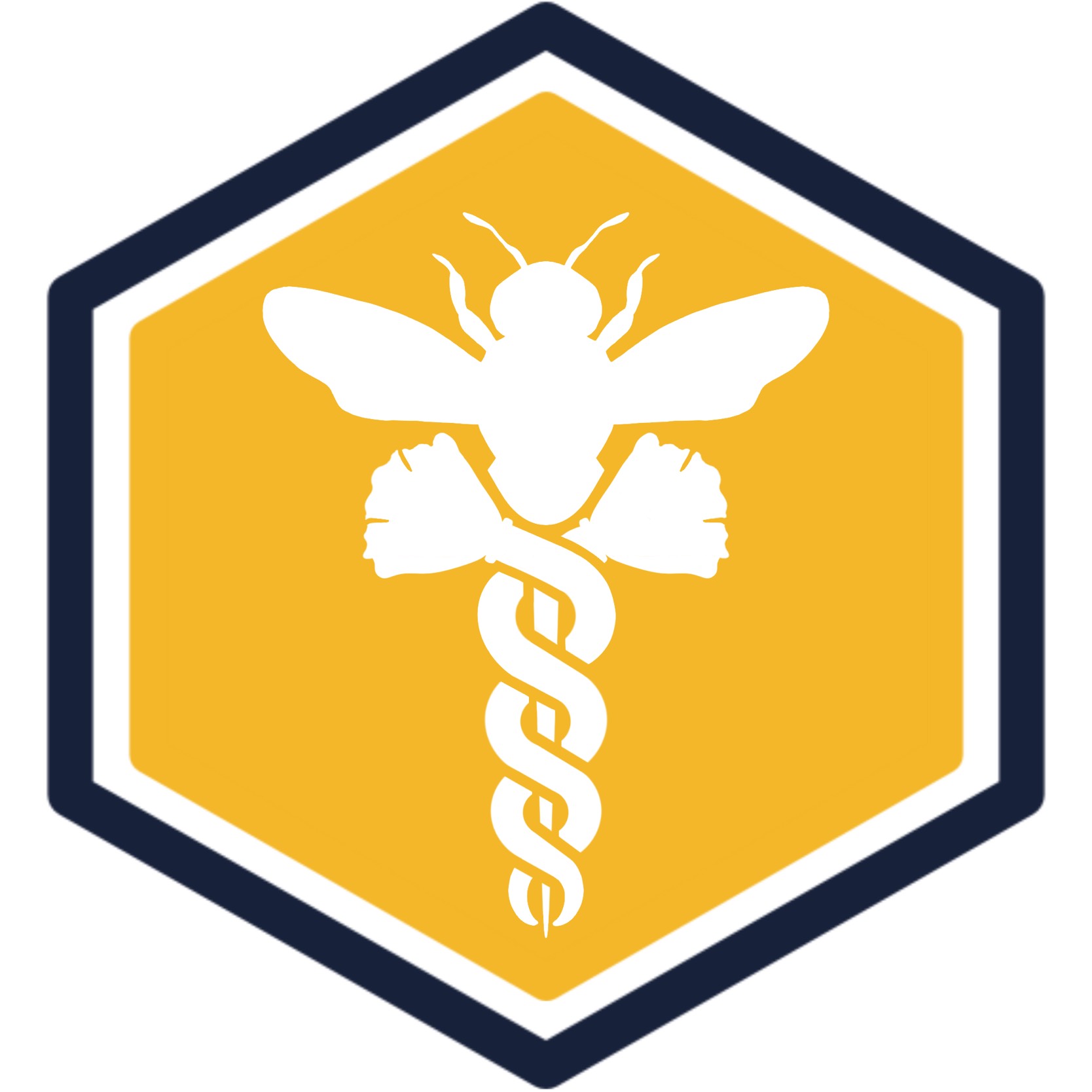Vairimorpha (Nosema) is a microsporidian parasite that impacts the health of honey bees. There are two known types of Vairimorpha that impact honey bees, Vairimorpha apis and Vairimorpha ceranae. Nearly all Vairimorpha found these days is of the latter type, Vairimorpha ceranae. The Bee Health Hub does not determine which species of Vairimorpha is in your sample.
- Deliverables
- You will receive a report with the following:
- Colony number or yard name
- Average number of Vairimorpha spores per bee (millions of spores) - Sampling and Shipping Instructions
Before sampling: Prepare enough sturdy ziplock bags or plastic sample bottles for your samples. Clearly write colony number and/or yard name on each sample.
How to sample: Sample a quarter cup of bees (approximately 150 bees). Sample middle aged bees. Do not sample the entrance.
Good: Use bees that were sampled for a field mite wash.
Better: Sample bees from the lid. Scoop bees directly from the underside of the lid.
Best: Sample bees from a honey frame. Bump the frame so that bees fall off into a bin, let the older bees fly off, then scoop bees from the bin.
Place bees into 70% (or more) isopropyl alcohol to euthanize them humanely. Strain the bees out and place them into the labeled sample container. Do a mite wash while you’re at it.
OR… Place bees directly into a sample container with a small amount of 70% isopropyl alcohol to euthanize them humanely. Use just enough isopropyl alcohol to wet the bees (about 1 tsp per 100 bees) as you will not be able to ship liquids. For Vairimorpha only samples you can drain the extra isopropyl out of the container.
How to ship: On scrap paper create a packing slip with the following information. Take a picture of the packing slip.
- Name or company name
- Email (for invoicing and getting your results)
- Number of samples
- Date samples were taken
- Type of samples (Varroa, Vairimorpha or Varroa+Vairimorpha)
Place all samples into a large plastic sealable bag. Place the packing slip and bag of samples into an appropriate box. Use packing material so that the samples are secure and not bouncing around.
Using FedEx, UPS or USPS ship samples to the address below. Ship samples so that they arrive during regular business hours Monday through Friday. No weekend or holiday deliveries.
The Bee Health Hub
Attn: Dr. Elina L. Niño
1 Bee Biology Rd
Davis, CA 95616
Email us to let us know the estimated time of arrival. We will be able to process your samples faster if we know when they will arrive. Attach the picture of your packing slip to the email.- Methodology
- The Bee Health Hub uses the microscopy method to analyze Vairimorpha samples. The protocol we use has been around for decades and is the industry standard, however, it has known limitations. The microscopy method is looking at all spores, dead or alive, and may not be the best indicator of the severity of infection. The polymerase chain reaction (PCR) method may be a more accurate method as it measures the vegetative or reproductive stage of the Vairimorpha spores. The Bee Health Hub plans to offer the PCR method in the future (included as part of viral analysis).
The threshold of 1 million spores per bee was established when Vairimorpha apis was the dominant species. The industry may benefit from more research to determine a new threshold for Vairimorpha ceranae. We may also benefit from a new microscopy protocol. The current protocol uses 100 bees and the results are given in an average spore count per bee (millions of spores per bee). It is very easy for a few highly infected bees to skew the results such that you may be over the threshold of 1 million spores per bee. This may lead to beekeepers treating their bees when it may not be needed and treatments for Vairimorpha are expensive and labor intensive. - Pricing
- Visit the Services Overview page for current pricing.

